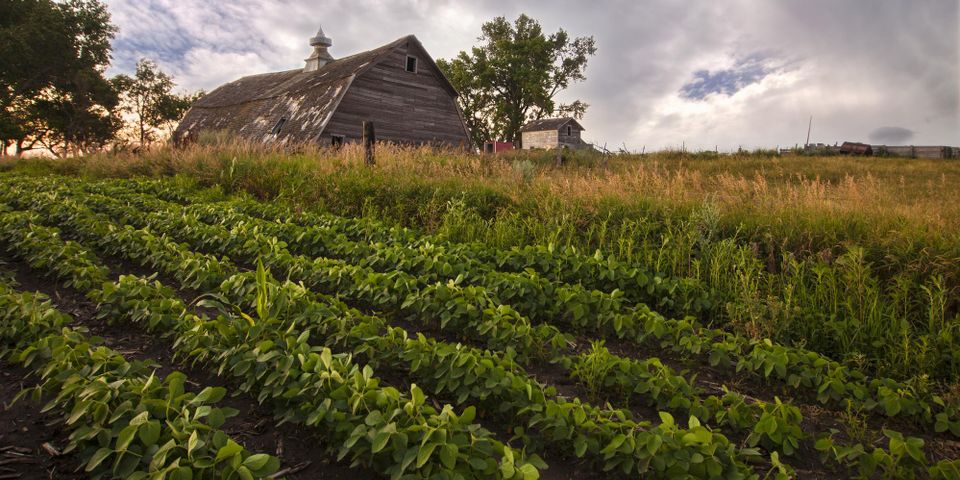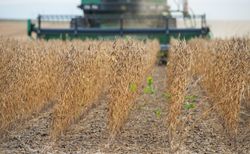When Is the Right Time to Harvest Soybeans?

Soybeans can thrive in various climates and soil conditions, making them popular in farms across the country. When cultivating soybeans, understanding the proper harvesting timetable is a key factor for success. Along with investing in adequate crop insurance, this will help minimize potential loss. Review this guide for some insight on when to begin harvesting.
A Guide to Harvesting Soybeans
Moisture Considerations
Soybean harvest takes place during the fall. The plant leaves and pods will change to a tan color as the first indication that the soybeans are mature enough to be harvested.
However, it’s important to pay attention to the crop’s moisture level. The ideal moisture content for harvesting soybeans is 13%. Percentages higher or lower than this can result in profit loss.
When the moisture content is greater than 13%, a scale dockage will apply for delivering wet beans, meaning growers receive a lower price per bushel. If it’s less than 13%, there’s a more significant chance that the pods will become brittle and shatter, leaving growers with fewer bushels to sell.
It’s also recommended to harvest soybeans on a hot afternoon when they have optimal moisture content to avoid shattering. In the late afternoon, moisture levels can drop significantly; in the morning, overnight dew often causes moisture content to rise above the desired level.
How to Prevent Harvest Loss
 Crops should be planted in fields with adequate drainage systems and effective weed management procedures. During harvest, growers must go at a slow pace and remember to adjust their combines according to weather and plant conditions.
Crops should be planted in fields with adequate drainage systems and effective weed management procedures. During harvest, growers must go at a slow pace and remember to adjust their combines according to weather and plant conditions.
For example, increase the grip and cylinder speed when harvesting plants with green stems or higher moisture content. Also, growers may start harvesting at 14% or 15% moisture, as the beans may be drier than they appear.
Buying crop insurance is another step growers should take to protect themselves from low soybean yields. The policies are designed to cover harvest loss due to adverse weather conditions, plant disease, insect and wildlife damage, fire, and drought. This provides growers with underyield and under-revenue protection.
Make sure your farm is properly protected against production and revenue loss with the assistance of Nebraska Crop Insurance Agency, Inc. This family-owned and -operated company has provided farmers throughout Gage County, NE, with reliable crop insurance solutions for nearly 40 years. They’ll carefully assess your needs to ensure you have appropriate coverage to safeguard your livelihood throughout the growing season. Call (402) 223-2694 to schedule an appointment, or visit them online for more information on the policies they offer.
About the Business
Have a question? Ask the experts!
Send your question

